Where Does Vanilla Flavoring Come From?
Find out where vanilla flavoring really comes from.
This article is more than 2 years old
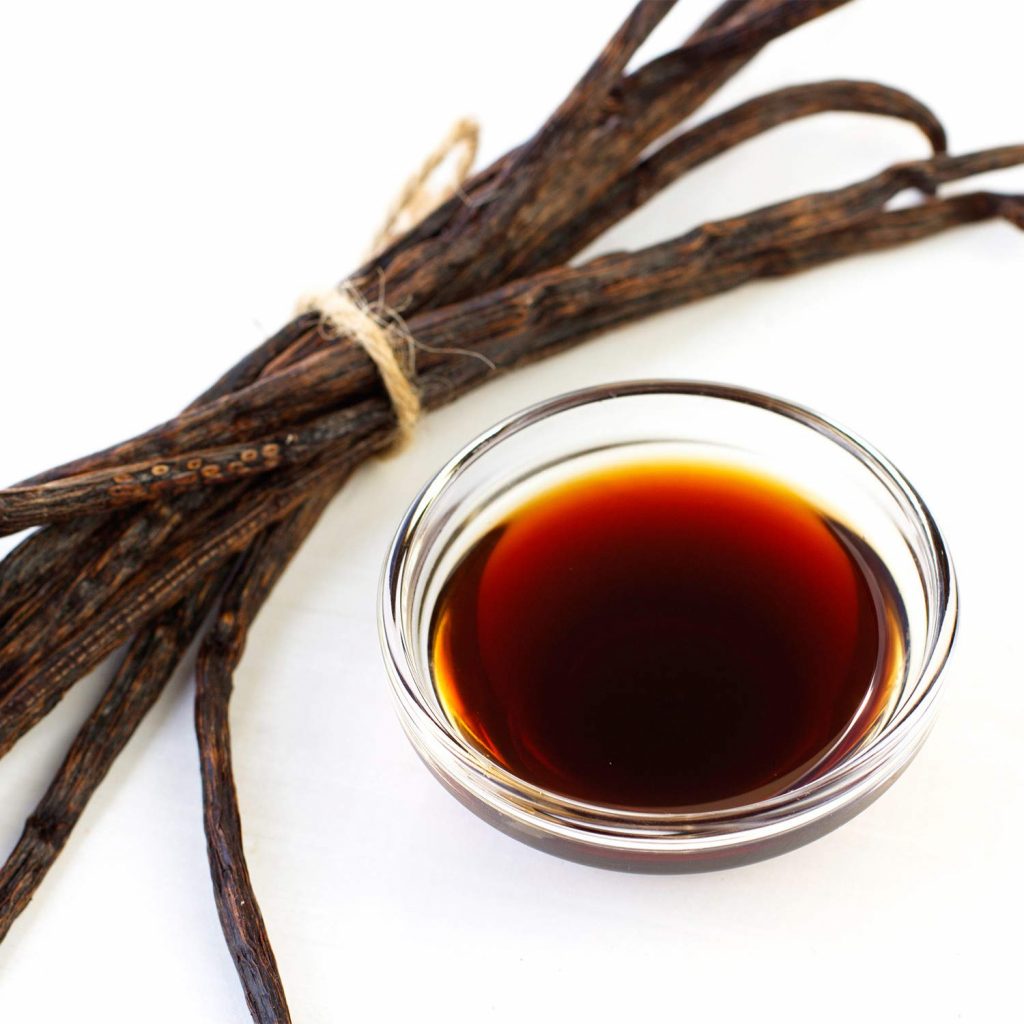
Vanilla is one of the world’s most beloved flavors. Its taste and aroma are utterly intoxicating and have the propensity to evoke strong memories of enjoying a hearty scoop of vanilla ice cream on a warm summer’s day, indulging in some homemade vanilla cake on your birthday, or perhaps even breathing in the soft aromas of a vanilla candle as its scent encapsulates the room. Vanilla is just one of those special flavors that pairs seamlessly with life’s finer indulgences. But did you ever stop for a moment and wonder just where vanilla flavoring comes from?
Vanilla flavoring is so commonplace in society that we almost take it for granted. We put it in our coffee, in our baked goods, icing, iced cream, and the list goes on. However, believe it or not, there is quite a process that goes into cultivating vanilla and bringing it from its bean state to the vanilla flavoring form that so many of us enjoy. It is such a process, in fact, that in some cases the vanilla flavoring that you think you are consuming might not be vanilla at all. Thus, we here at Tell Me Best did some digging to uncover just where vanilla flavoring comes from, how it gets processed, and how it eventually makes it to you the end consumer.
REAL VANILLA
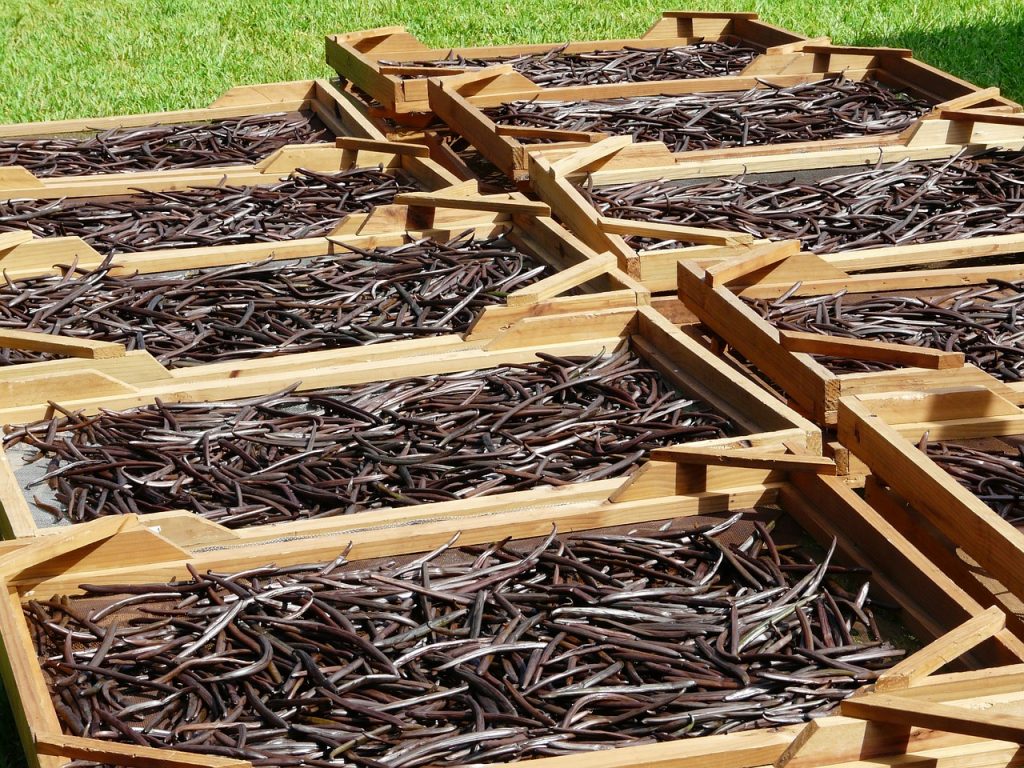
Before you can have vanilla flavoring, you first have to have a vanilla bean. Vanilla is derived from an orchid flower called Vanillin. This orchid is native to Central and South America and is found predominantly in parts of Mexico and Guatemala. However, today the largest growers and exporters of Vanilla are in Madagascar.
Vanillin plants yield pods that are then picked by farmers. After the pods are picked they undergo a long and extensive process. Harvesters begin the process of ripening the pods by first laying them out to dry, then over the course of nearly two weeks the pods are repeatedly boiled, roasted, sun-dried during the day, and wrapped in a breathable cloth at night. Once a white bloom emerges from the pods and strong scents of vanilla can be inhaled, the ripening process is complete.
The entire harvesting season lasts for a total of two to three months, and exports are then shipped to countries worldwide. However, because the Vanillin plant can only grow in climates a short distance from the equator combined with the fact that the harvesting process is such an arduous one, there are many cases where alternative sources of vanilla are relied on.
BEAVER SECRETIONS
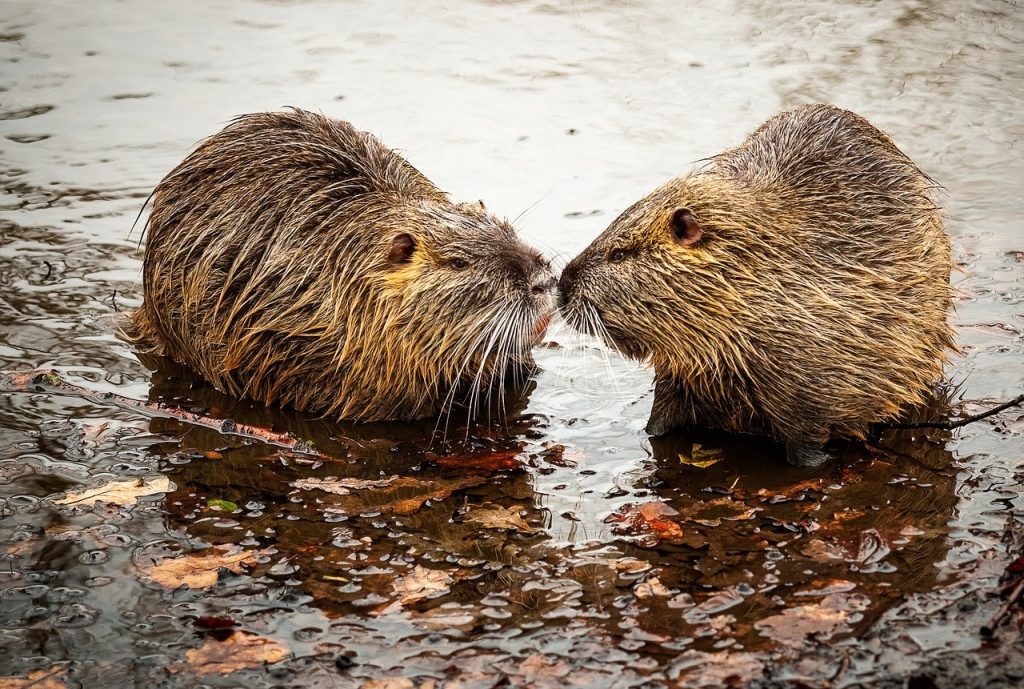
Yes, you read that header correctly. Unbeknownst to many, beaver anal secretions have long been used as an additive in making vanilla flavoring compounds. A beaver’s anal glands produce something called castoreum. Castoreum is a gelatinous brown substance that beavers secrete from their back ends and use as means of marking their territories. The castoreum is what is used in part to make artificial vanilla flavoring and is collected through milking the beaver’s glands.
As repulsive as this all sounds, it is actually something that has been in practice for over eight decades and has been deemed a completely safe ingredient to use by the FDA. In fact, it was largely unknown that beaver secretions were used at all until a National Geographic study from 2014 put it front and center. And it’s easy to see why it remained a well-kept secret for so long because, believe it or not, castoreum actually gives off a sweet odor strikingly akin to vanilla. If you’re still grossed out, you’re in luck because castoreum is mainly used for vanilla fragrances these days.
SYNTHETIC COMPOUNDS
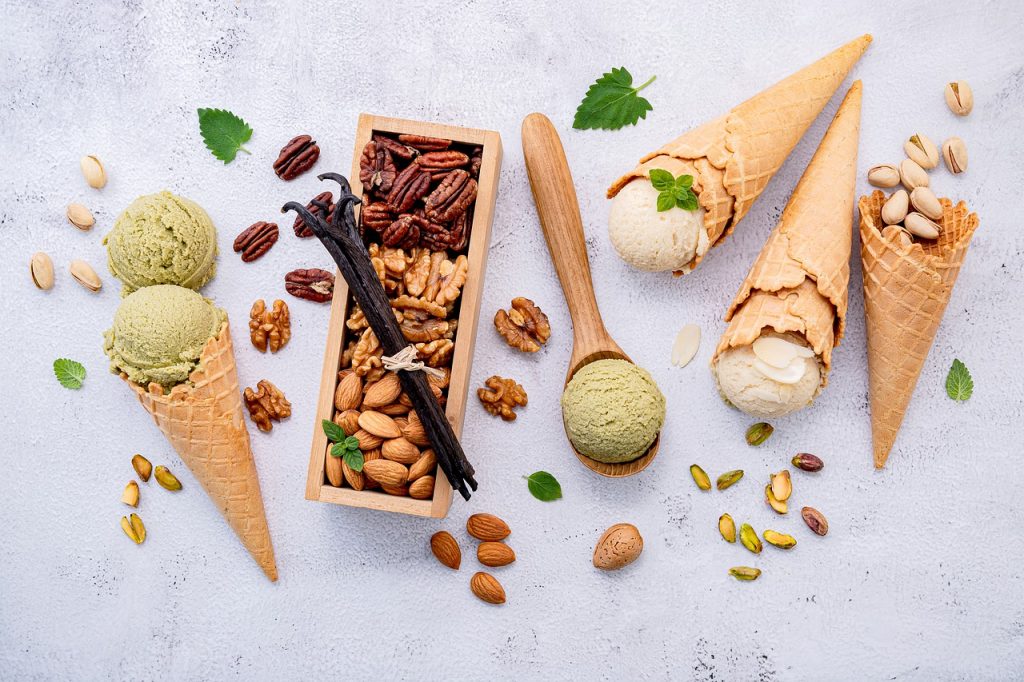
In contrast to using beaver secretions, making vanilla flavoring from a mixture of synthetic compounds is widely practiced today as a cheaper alternative to using actual beans. In fact, according to Business Insider, only five percent of the vanilla-flavored foods we consume today are made with real vanilla. Artificial vanilla flavoring can be crafted using a variety of different chemical compounds. However the most common is produced via a petrochemical process that yields synthetic vanillin called vanillylmandelic acid. Wood pulp is another common ingredient used to make artificial vanilla flavoring.
THE CONCLUSION
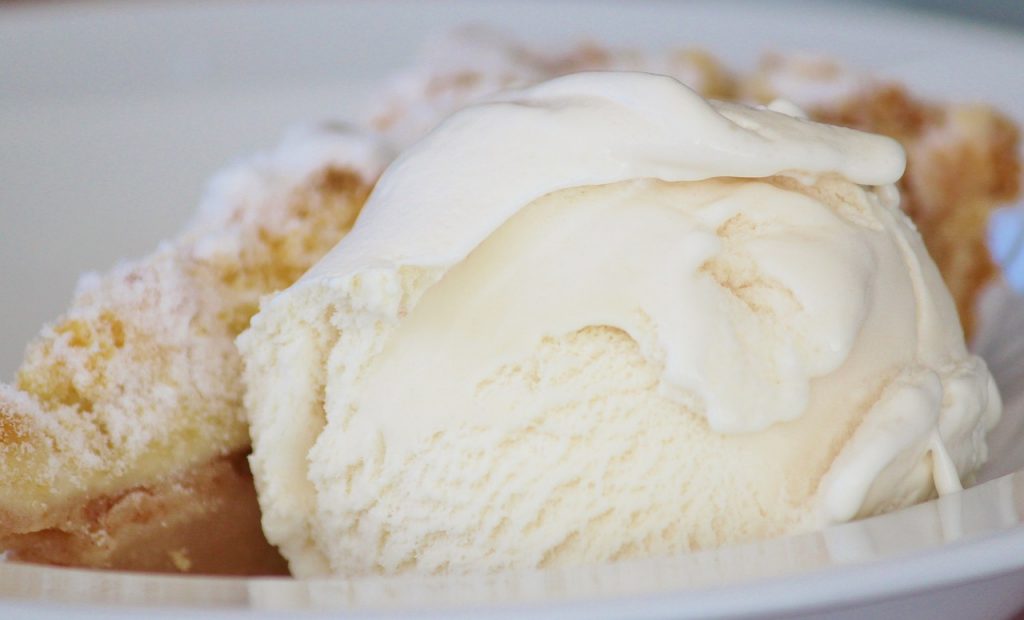
The next time you go to the freezer to indulge in some vanilla ice cream or reach for some vanilla flavoring to pour into your morning cup of coffee you might reflect back on whether or not the vanilla you are putting in your mouth is really vanilla at all. And while for some just tasting the vanilla flavor regardless of where it came from may be enough.
However, if you want to ensure that the vanilla flavoring that you are consuming always comes straight from the source there are a few key things to look for on every label. You can read about all the label intricacies set by the FDA here, but the key takeaway is to look for labels that simply say “Vanilla extract” and steer clear away from ones that say “Imitation.” Also be wary of vanilla products imported from Mexico, the Caribbean, the West Indies, and parts of South America because oftentimes they will alter the product in ways that do not properly adhere to FDA guidelines which aim to differentiate real vanilla flavoring from its artificial counterparts.





